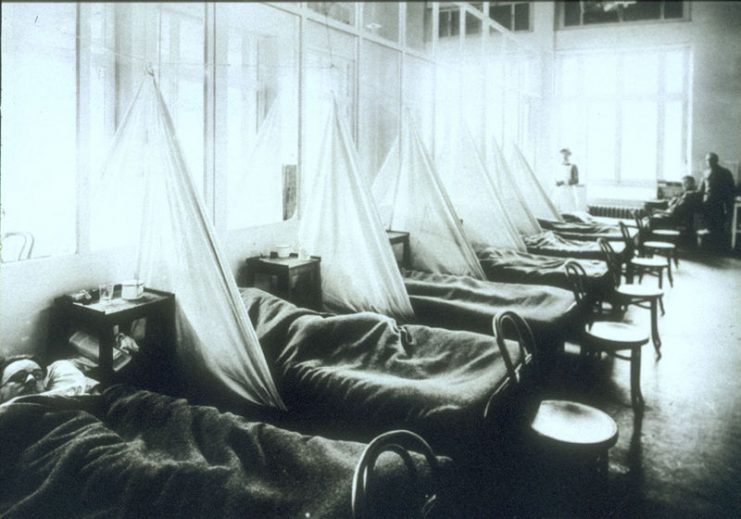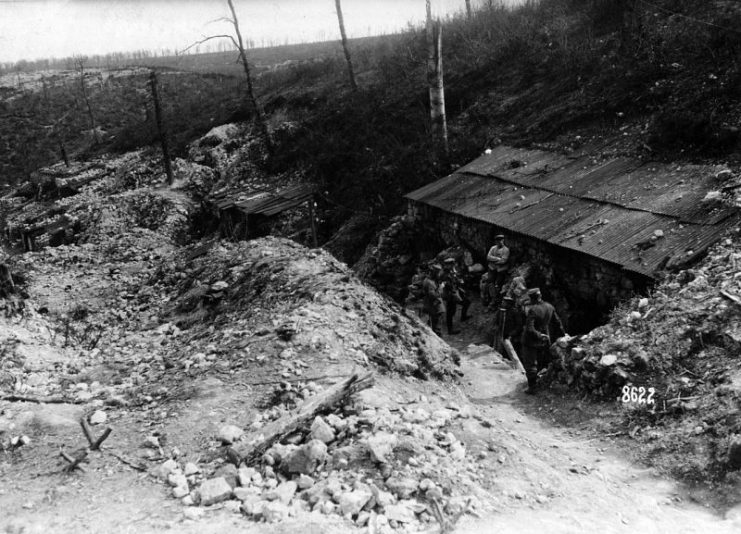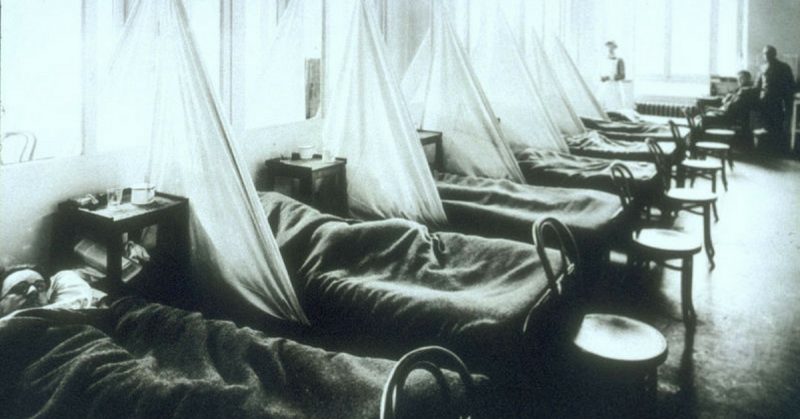In the sleepy little village of Charmoy in France, Olivier Claudon bought a vacation home to get away from it all. In 2002 while he was working on the house, he was surprised to find writing on the walls under the paint. The words were in English and gave the names, ranks and American addresses of some men. Claudon could not understand why the US soldiers had been in the house. There had been no battles there in either WWI or WWII nor were there any prison camps located in the area. After years of research, Claudon discovered an online book that told the story.
In 1920 the Association of the 27th Engineers published The History of the 27th Engineers, USA, 1917-1919 by W.R. Ingalls, an American miner who was attached to the unit. The book shows that in the summer of 1918 the 27th Engineers were gradually being sent to France, several companies at a time. The main purpose of the unit was building bridges and shoring mines. They also repaired and reinforced bridges for heavy equipment to pass and repaired railroad tracks.
During the early days of autumn 1918 on the way to Clermont-en-Argonne, the soldiers stopped in Charmoy for about a month for a break and waited to receive orders. Three companies, D, E and F, of the Second Battalion of the 27th Engineers Regiment set up tents for a kitchen, bathhouse and probably a latrine. Soldiers stayed in local homes, barns, and sheds and received that last bit of training they needed before going to the front lines to face the battle.

The influenza pandemic that started in 1918 had already reached Charmoy, and the American troops succumbed quickly. Five men were transferred to a hospital at Langres but died of pneumonia.
While waiting for the other men to recover, the area YMCA constructed a large tent where the soldiers could sit by a warm stove, drink coffee and write letters to their loved ones at home. There was also a movie night which residents from the town were invited to. Vaudeville shows were put on to keep up the morale of the men, and the population usually attended those as well.
The soldiers were so well behaved and polite a letter was drafted by the Mayor praising the unit and letting them know there had been no complaints by the townspeople.
The 27th Engineers that had been constituted in January 1918 and demobilized in March 1919 remained silent until they were reactivated in July 1941.
During WWI the 27th lost twenty-five soldiers. Twenty-eight received wounds under enemy fire or other causes.
When Claudon uncovered the mystery of the writing on his walls, it was discovered that other local buildings had been signed by the soldiers as well. Claudon has been researching the signatures against the lists of names of soldiers in the 27th.

Many more signatures have been found in the village. They confirm that the men of Company E are the source of most of the names which were written between September and October 1918. Drawings of faces, maths problems and an illustration of a goose or perhaps a duck have been found.
The village of Charmoy has been captivated with the discovery of the American troops who spent time there. The villagers have decided to celebrate their lost history by showing an exhibition of the few artifacts left behind as well as the signatures on the walls.
